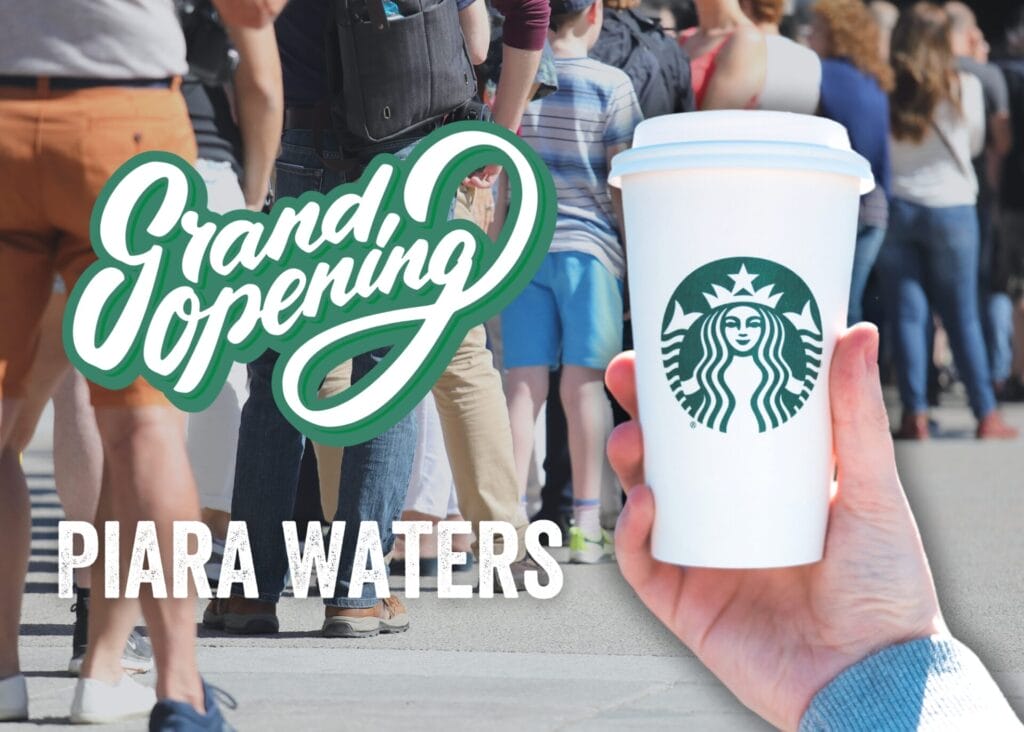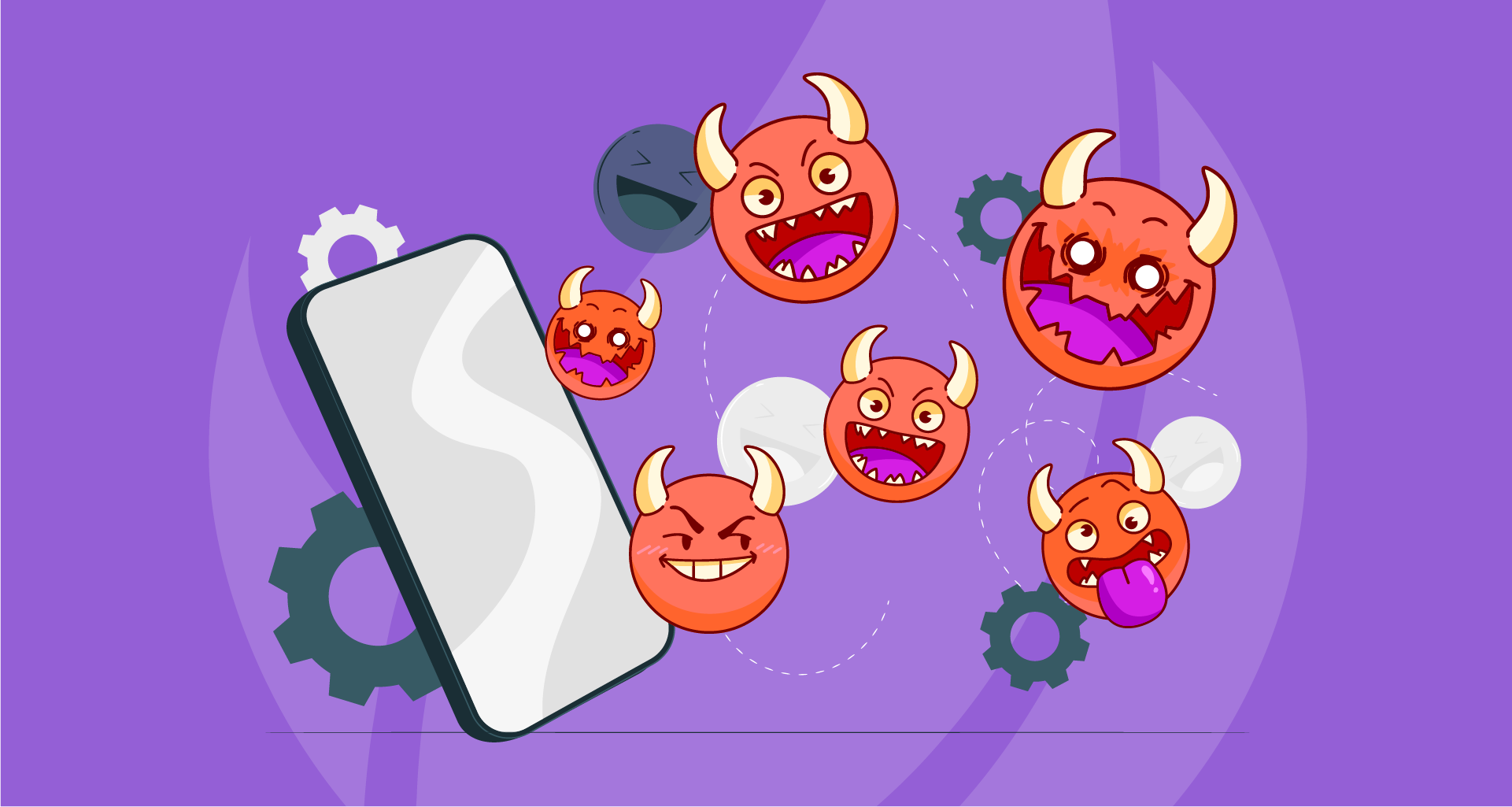Introduction
In the digital marketing world, gaining audience attention is increasingly challenging. One strategy that’s recently come to the forefront is “troll marketing,” where brands use humorous or provocative messaging to jump on another brand’s event or announcement. A recent example from Perth saw a local pub playfully referencing Starbucks’ new location, attracting quick social media buzz when poking fun at Starbucks long wait lines for coffee.
Troll marketing has also made its mark in political contexts in Australia. In 2019, artist and comedian Briggs (a.k.a. Senator Briggs) launched a billboard campaign strategically placed directly behind One Nation Party leader Senator Pauline Hanson’s “I’ve got the guts to say what you’re thinking” billboard. While many Australians saw Briggs’ response as humorous satire, Senator Hanson publicly expressed feeling personally attacked and offended by the placement and message of the campaign.
While this tactic can draw a crowd, it raises questions about its broader impact and potential limitations.

What is Troll Marketing?
Troll marketing involves creating content that comments on another brand’s actions or announcements in a humorous or slightly provocative way. It’s designed to attract immediate attention, typically at low cost, by engaging with an already trending topic. With its recent appearance in Perth, where a local pub referenced Starbucks’ opening with a humorous post, it’s clear that troll marketing can strike a chord with audiences—but only in specific contexts.
Pros and Cons of Troll Marketing
Benefits
- Quick Attention: Troll marketing can create fast visibility, especially if it taps into a trending topic. The timing and humour can make the content widely shareable, leading to rapid brand exposure.
- Low Cost: This approach often requires little more than a clever post, making it a cost-effective way to achieve high engagement. It can yield visibility comparable to paid campaigns but without the same expense.
- Memorability: When the humour resonates, troll marketing can create a lasting impression on the audience, making the brand more memorable in the long run.
Drawbacks
- Risk of Negative Perception: For some audiences, troll marketing may come across as opportunistic or even insensitive, especially if it appears to capitalise on another brand’s moment without contributing anything of its own.
- Potential for Backlash: If the humour doesn’t land or is interpreted as mean-spirited, the brand may face criticism online. Troll marketing’s provocative nature can quickly backfire, risking a loss of trust.
- Limited Impact: Troll marketing often offers short-lived attention that may not translate into meaningful engagement or loyalty. Once the humour fades, there’s often little substance to maintain the audience’s interest.
The Ethical Aspect of Troll Marketing
Many brands weigh the ethical implications before employing troll marketing. Some feel that humour and playfulness can add value without negative impact, while others worry it may inadvertently harm their brand image. Success in troll marketing often depends on the context, the audience’s perception, and the nature of the message.
Conclusion
Troll marketing is a strategic choice that can be highly effective but comes with its own set of risks and considerations. Brands looking to use this approach may benefit from balancing humour with sensitivity and considering the long-term effects on their reputation. Ultimately, while troll marketing can yield quick results, it’s essential to evaluate whether it aligns with broader brand goals and values.
If you are wanting to dabble in troll marketing to boost your brand on social media, reach out to us at Ignite Search for some more insights and feedback on the best way to make it fun and in good taste.










